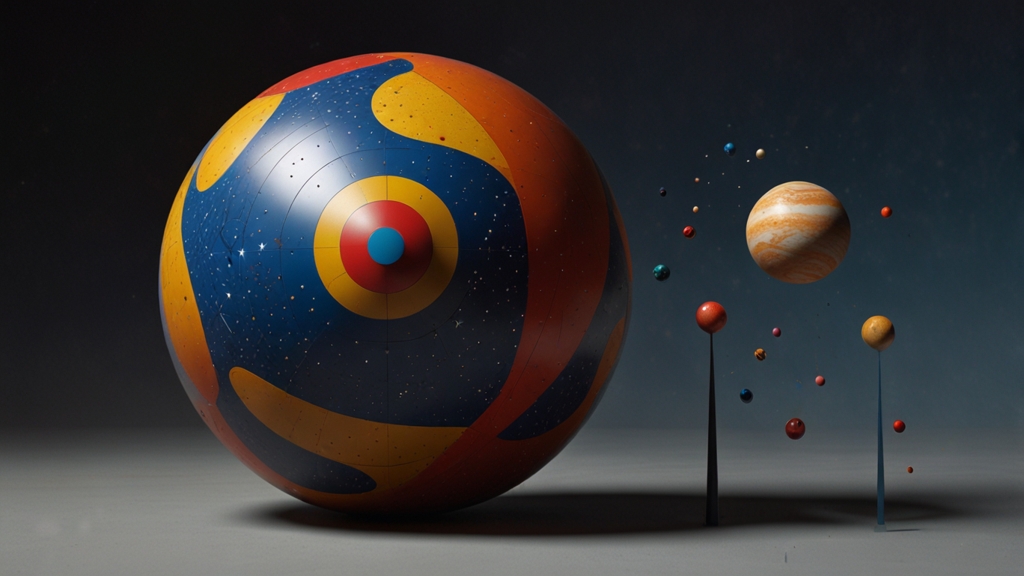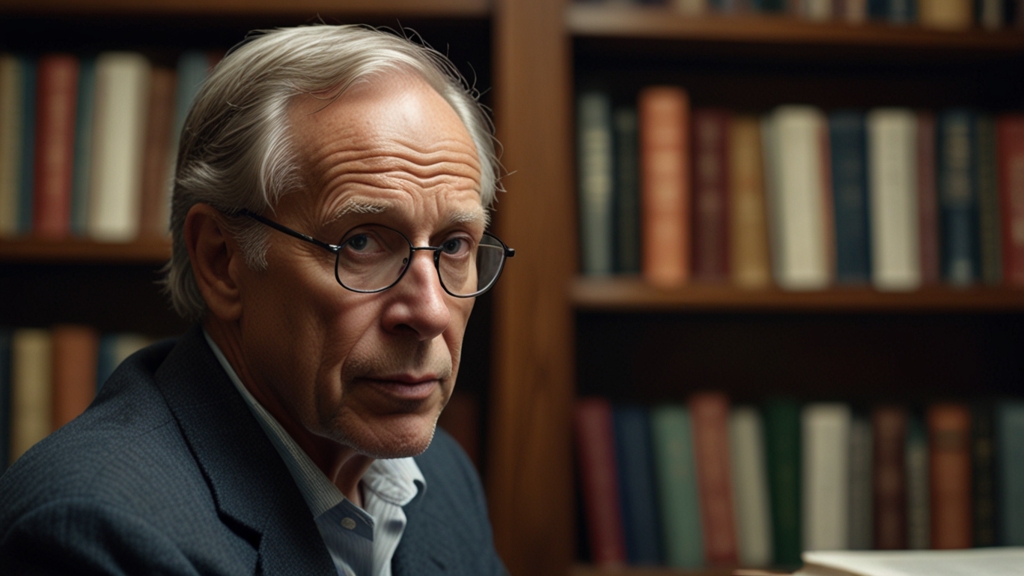Geometry: The Language of the Universe
When we gaze upon the intricate patterns of nature, from the spirals of galaxies to the symmetry of a snowflake, one enduring theme captures our imagination: geometry. Often described as the language of the universe, geometry permeates our world in ways both seen and unseen. From ancient mathematicians to modern physicists, the study of geometric principles has remained a cornerstone of our quest to understand reality.
The Ancient Roots of Geometry
Geometry's origins can be traced back to ancient civilizations. The Egyptians and Babylonians used geometric principles for practical purposes, such as land measurement and architecture. However, it was the Greeks who formalized geometry into a coherent system of thought. Euclid’s Elements stands as a monumental work, laying down axioms, propositions, and proofs that form the bedrock of classical geometry.
"If I have seen further than others, it is by standing upon the shoulders of giants." – Isaac Newton
Newton's words emphasize the cumulative nature of geometric knowledge, building upon the efforts of those who came before. Indeed, the Greeks perfected the art of deductive reasoning in geometry, opening pathways for future generations of thinkers.
Geometry in Nature
Nature itself seems to be written in the language of geometry. Consider the Fibonacci sequence, a series of numbers where each number is the sum of the two preceding ones. This sequence frequently appears in the arrangement of leaves, the branching of trees, and the spiral patterns of shells. Such patterns reflect intricate geometric rules that govern natural structures.
Additionally, the hexagonal geometry of honeycombs, the radial symmetry of flowers, and the crystalline patterns of minerals all serve as reminders that geometry is an intrinsic part of the natural world. These examples illustrate how understanding geometric principles can lead to deeper insights into biological, chemical, and physical systems.
Geometry's Role in Modern Science
Today's scientific advancements continue to rely heavily on geometric principles. In physics, for instance, Einstein's theory of general relativity describes gravity as the curvature of spacetime, a profoundly geometric concept. Techniques like X-ray crystallography, which elucidates the structures of complex molecules, also depend on geometric principles to interpret atomic arrangements.
"The universe is written in the language of mathematics, and its characters are triangles, circles, and other geometric figures." – Galileo Galilei
Galileo succinctly captured the essence of geometry's importance. Advanced fields such as quantum mechanics, cosmology, and even computer science use geometric frameworks to solve complex problems and predict phenomena.
The Aesthetic Appeal of Geometry
Beyond its scientific utility, geometry possesses an inherent aesthetic quality. Artists and architects have long employed geometric principles to create visually pleasing and harmonious designs. The Parthenon, for example, is celebrated for its use of the golden ratio, a geometric proportion that appears throughout nature and human-created art.
Modern art movements like cubism and abstract art also explore geometric forms to convey meaning and emotion. Even the design of digital interfaces relies on geometric principles to enhance user experience and functionality.
The Future of Geometry
The exploration of geometric principles is far from complete. Emerging fields such as topology and fractal geometry are pushing the boundaries of our understanding. These areas investigate properties of space that remain consistent even when objects are deformed, providing new insights into the complexity of the universe.
In education, fostering a strong foundation in geometry can inspire future generations of scientists, artists, and thinkers. By appreciating geometry's role as the language of the universe, we can continue to unlock the mysteries that shape our reality.
"Pure mathematics is, in its way, the poetry of logical ideas." – Albert Einstein
Einstein’s words remind us that geometry, while rooted in logic and reason, also carries a poetic beauty. It is a universal language that transcends cultural and temporal boundaries, offering a window into the fundamental structure of everything around us.













